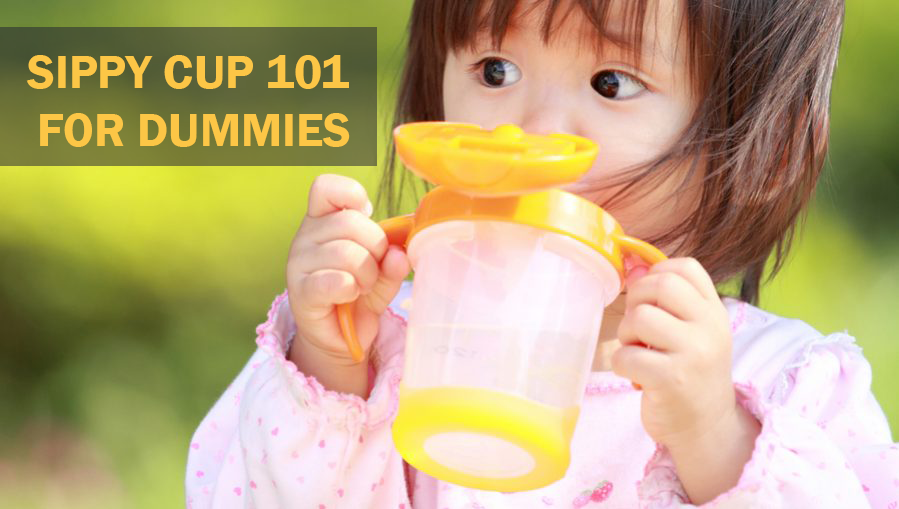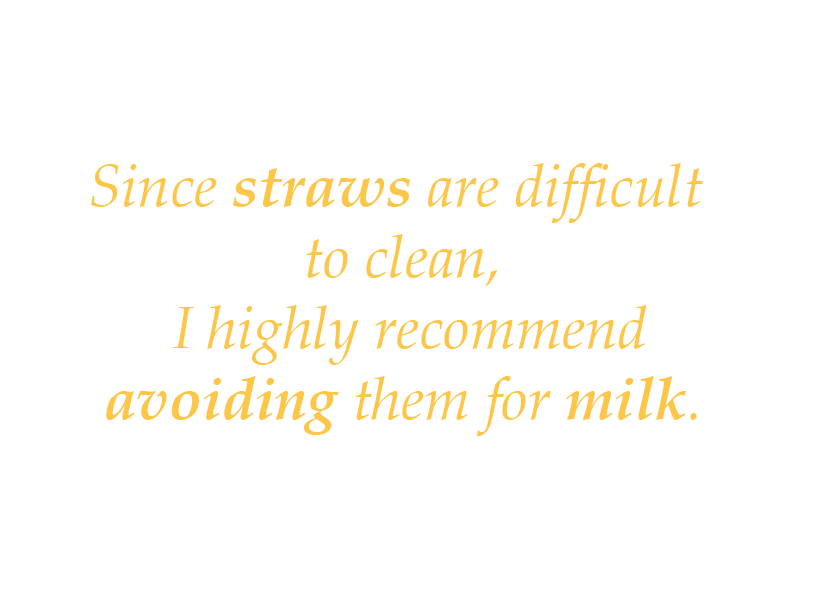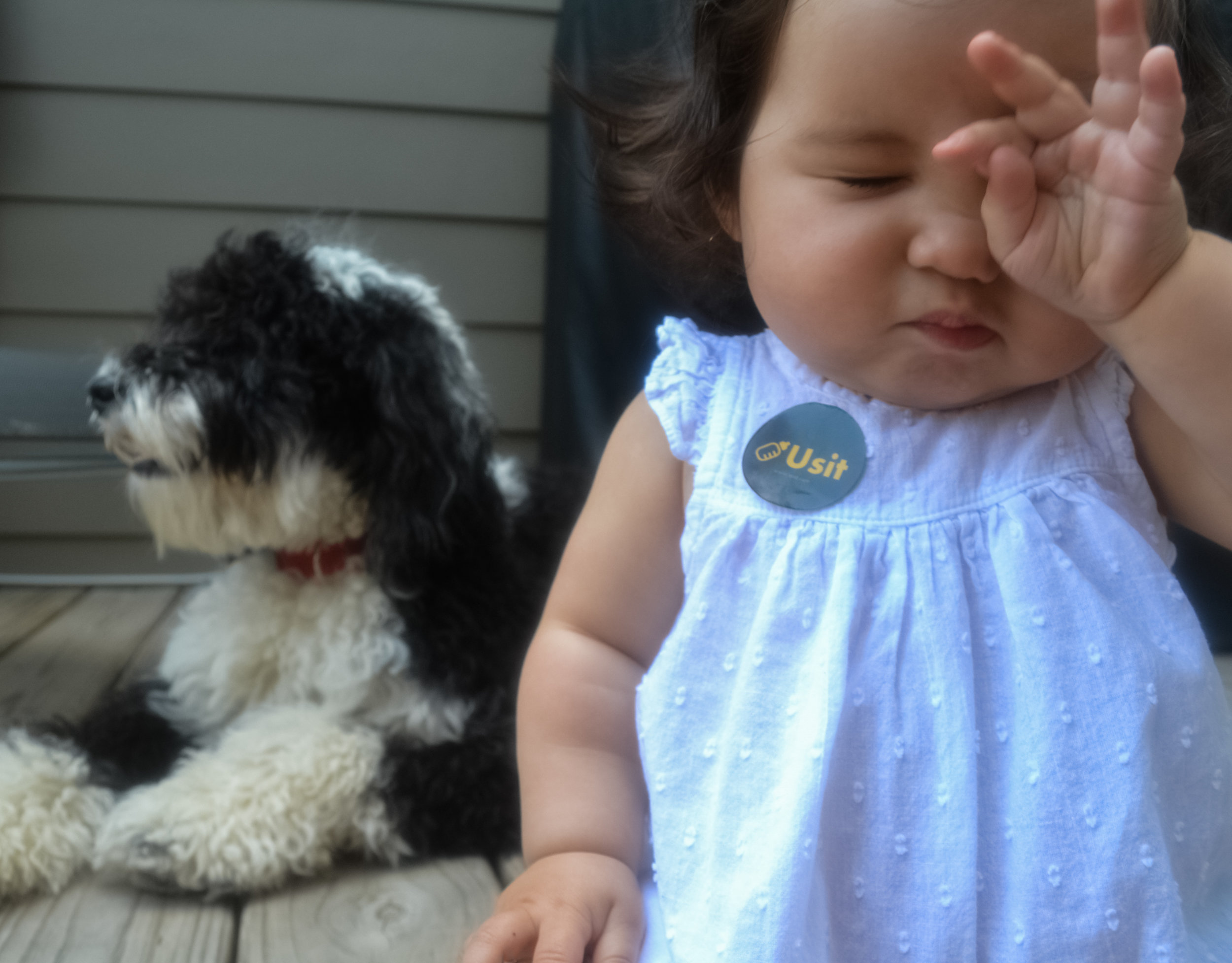By Niesha Castro
Whether you’re a college student who’s stressed to the max about upcoming deadlines, or a mother looking for a little me time, you deserve to take time off for yourself. Sometimes life becomes a little too much for us to handle and that’s okay. Everyone deserves peace of mind. As a female who is easily overwhelmed, I can tell you one thing: I have become very familiar with how to treat my mind and body so I can focus throughout my day.
1. Take a Day to Pamper Yourself
Often times, when we get caught up in our work and everyday duties, we tend to put our personal appearance to the side. It’s an easy aspect to forget about. Being focused on too many tasks can distract us, or take up a lot of our time. So even if it’s just applying an extensive makeup routine, or putting on that cute dress that you haven’t found an occasion to wear it too, DO IT! Even having a spa day for yourself. I know when I actually take the time to fix up my appearance in the morning, it makes feel 10 times more confident and makes me feel more like myself!
2. Clean Your Room/House
This one always helps my brain! Although I hate cleaning, in the end, it makes me feel more organized and inspired. Clutter gives me anxiety, but I can be very messy. So taking a whole day just to clean my apartment always feels great. It becomes fun if you start rearranging furniture also. Finding different layouts in your space opens up new possibilities.
3. Create!
I know a lot of people who claim they are not artists, but you don’t have to be artistic to indulge in this task. EVERYONE has something they like to make with their hands. Whether it’s a awesome DIY craft that you found on Pinterest, or if you have a new recipe you’d like to experiment. Creating anything helps us realize our worth and talent.
4. Talk
Sometimes self care is not so glamorous. Sometimes the only way we can get over our feelings of stress, or self doubt, or even depression, we just need to spend time with a trusted loved one or therapist and talk out every thing that’s on your mind. I, personally used to bottle all of my anxieties up until I would just burst one day. I’m still unlearning this habit, but I have gotten a lot better about it. Talking every thing out puts everything in perspective.
5. Create a Dream Board
I’ve done this in the past and it is great for getting your thoughts organized and aligned. Stressing out about our future and how we’re even going to reach our goals for ourselves is very relatable. A dream board is a crafty version of making goals and what steps you can take to get there. Dream boards are made up of images and sometimes small phrases or mantras that represent your wants in life. Like your dream job, future house, traveling plans, or family goals. It’s fun and you can hang it up and be reminded everyday of what you’re striving for.
What ever you do to take steps to care for yourself, make sure you indulge. Put in your full effort to rid yourself of any negative thoughts or feelings. The next day, you can return to your work or regular schedule with a clear outlook and mental health. Always remember that your mental health comes first before anything else. Let me know what steps you to to treat yourself on your self care days down below. Everyone has their own go-to routine.







